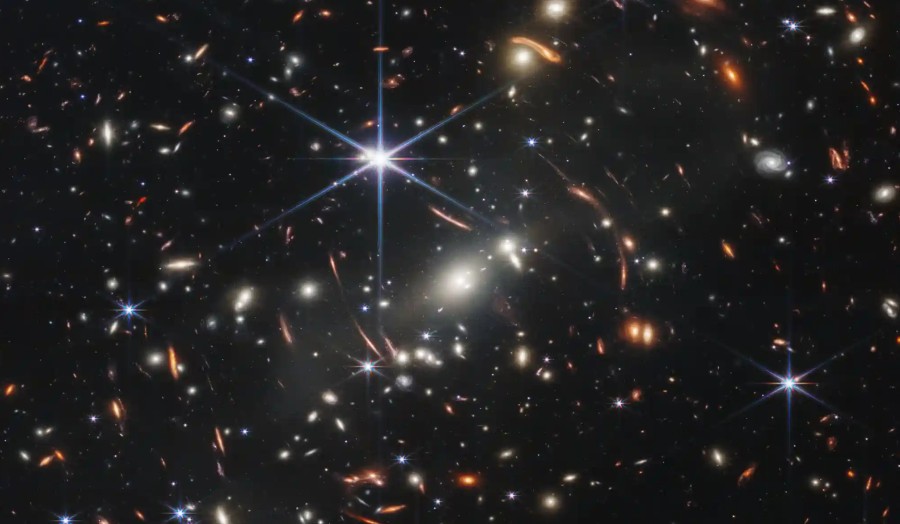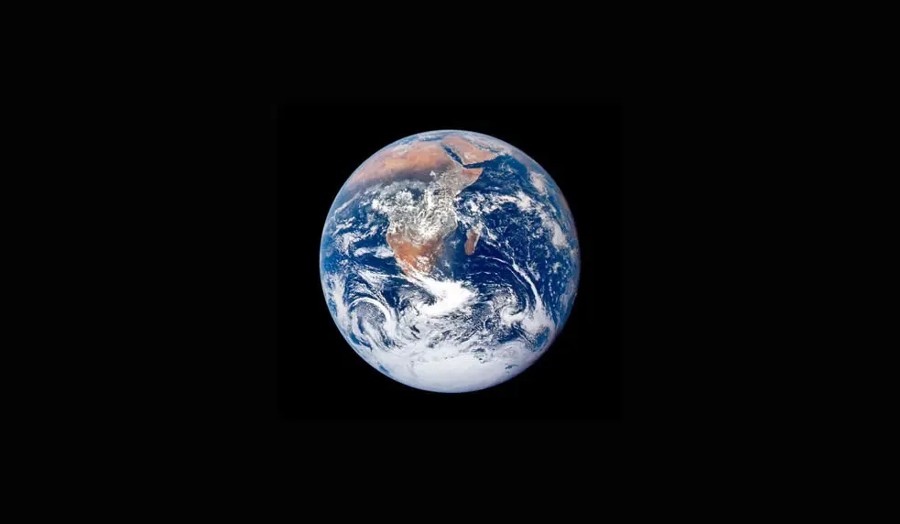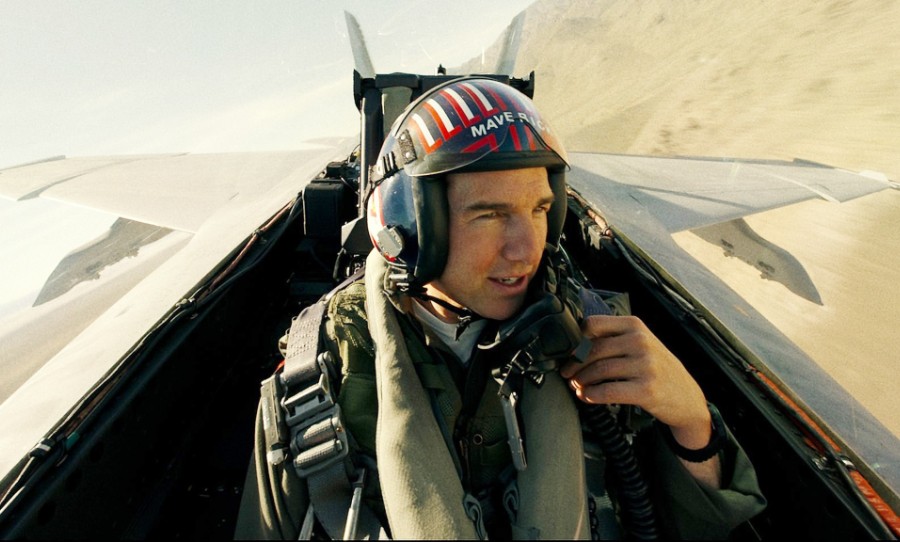The next-generation telescope is able to peer deeper into the cosmos than ever before, and it is blowing our minds.
Newly released images from NASA’s new James Webb Space Telescope (JWST) have been three decades in the making. The first of a series of high-resolution color pictures from JWST, from the most powerful telescope to date to have been launched into space, is set to be previewed in full on Tuesday.
Nasa calls the pic “the deepest image of our universe that has ever been taken”. Experts have said the telescope, could revolutionize our understanding of the cosmos by providing detailed infrared images of the universe, allowing for far greater clarity than the images previously taken by the Hubble.

The small slice of the universe that we are seeing is called the called SMACS 0723, and has been captured in sharp detail by the James Webb space telescope (JWST), showing the particular cluster as it was 4.6bn years ago. As well as capturing the twinkling lights from different galaxies which are among the oldest in the universe.
Joe Biden, who unveiled the image at a White House event, called the moment “historic” and said it provided “a new window into the history of our universe”.
Nikole Lewis, the principal investigator for a scientific team investigating exoplanets for the TRAPPIST-1 star system shared in a statement “For the entirety of my scientific career, I have thought about and planned for the giant leap forward in our understanding of the cosmos that JWST would bring,”
“Seeing these early release observations are like seeing dreams become a reality,” she said. “JWST will do more than take awe-inspiring pictures of the universe around us, it will allow us to determine what stars, galaxies, and planets are made of and the processes that gave rise to them.

The crew behind the camera, are readying to examine hot Jupiters – gas giant planets that are very close to their stars – and Kuiper Belt objects. And although it may sound crazy, the JWST has the ability to probe the universe when the galaxies were first forming, and tease out the faint signatures of atmospheres of planets around other stars.
It's here–the deepest, sharpest infrared view of the universe to date: Webb's First Deep Field.
Previewed by @POTUS on July 11, it shows galaxies once invisible to us. The full set of @NASAWebb's first full-color images & data will be revealed July 12: https://t.co/63zxpNDi4I pic.twitter.com/zAr7YoFZ8C
— NASA (@NASA) July 11, 2022



